Normally I would call glTexParameter when loading/initializing a texture. However, my current use case is that the same texture image may be used with many different parameter combinations (including GL_TEXTURE_WRAP_S, GL_TEXTURE_WRAP_T, GL_TEXTURE_BORDER_COLOR, etc).
Basically, I am mapping a texture to a mesh where it is clamped, and then mapping the same texture to different mesh where it is mirrored/repeated.
Is it better to call glTexParameter every frame before drawing each mesh/group (this is essentially supplying uniforms to my fragment shader), or should I load each texture multiple times for each different combination of parameters?
Keep in mind I may have a large number of textures each with several combinations of texture parameters.
I am using OpenGL 3.3 but am interested in any ideas.
